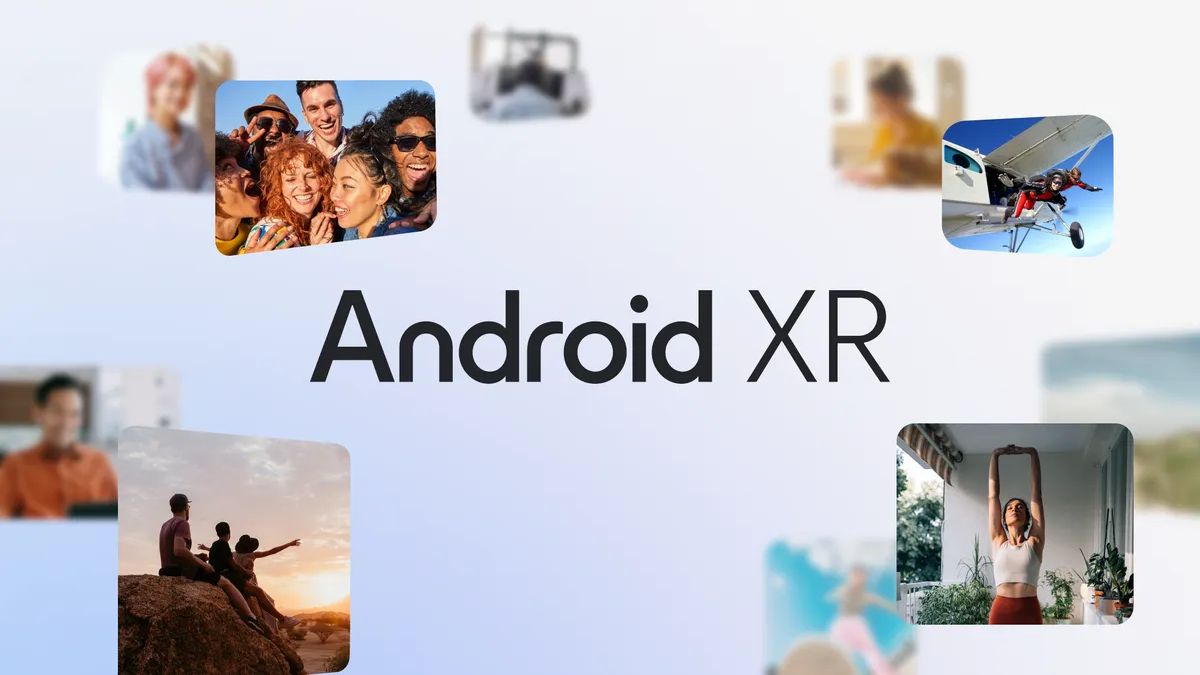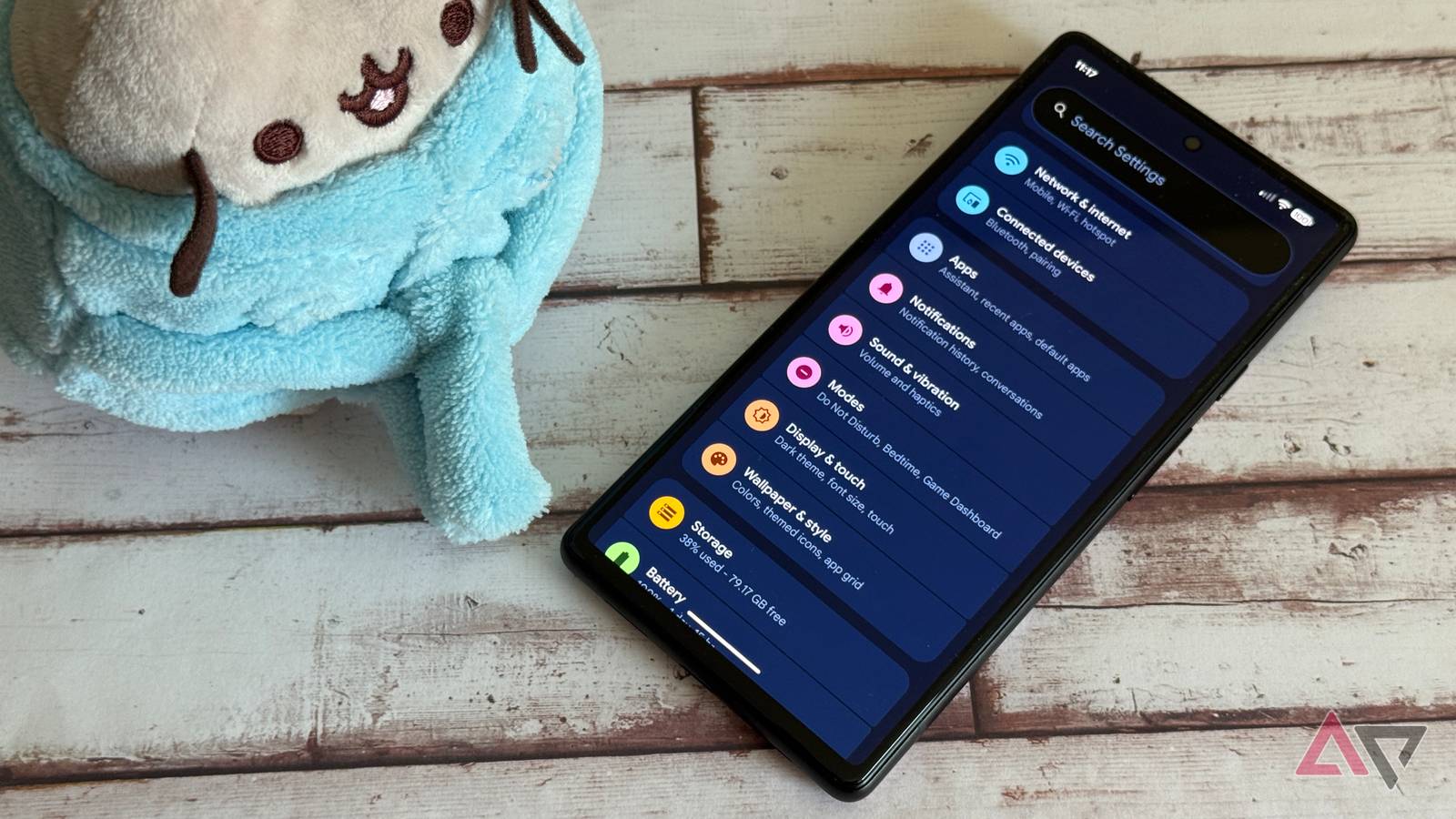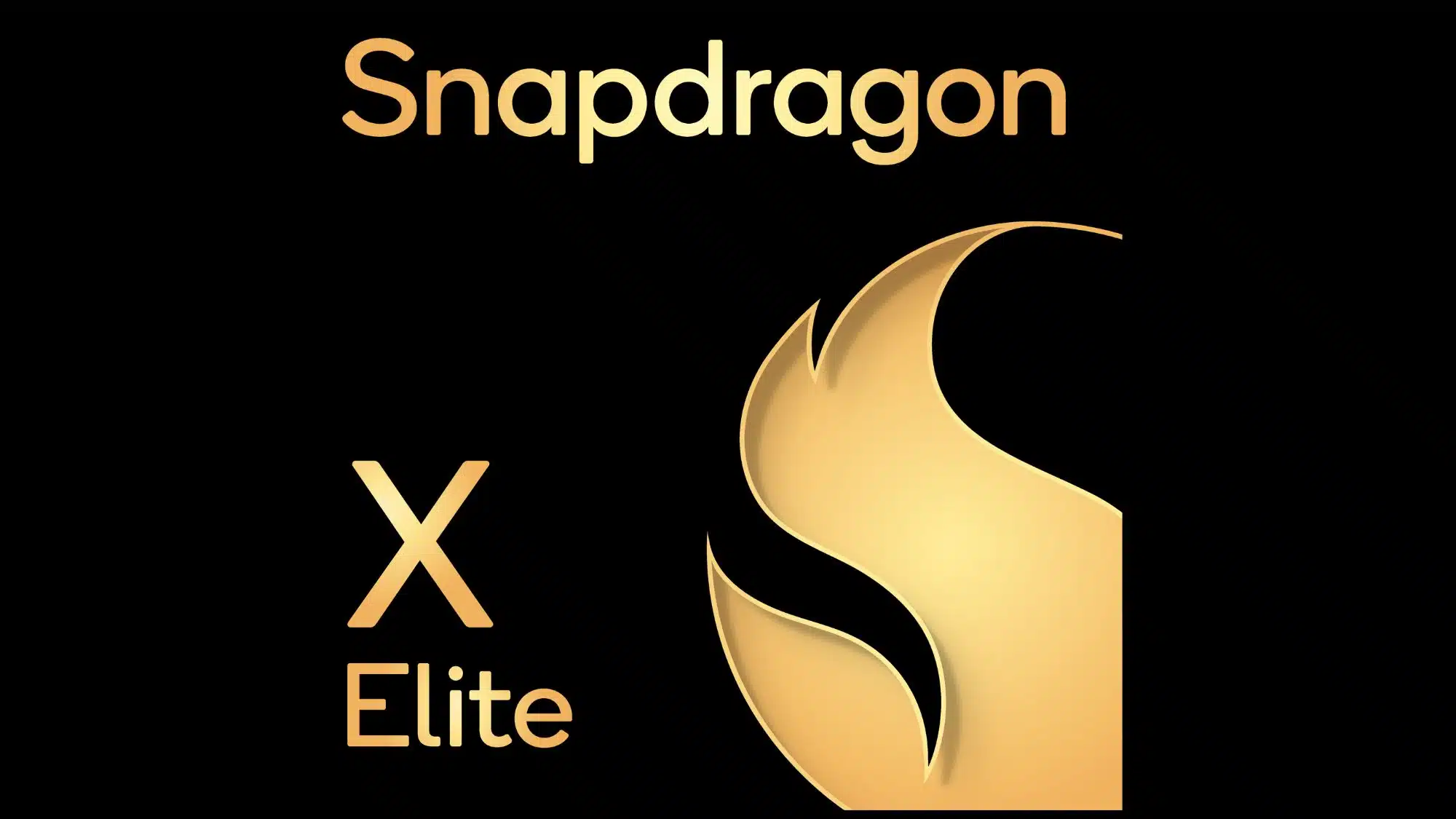Google’s new Android XR platform is a big step forward in the way we experience digital worlds. Android XR isn’t just about immersion; it’s about connection. “XR” stands for “extended reality,” a fusion of virtual reality and augmented reality that blends the physical and the digital into one seamless ecosystem.
The defining feature of Android XR is the way it’s designed. Rather than just having select AI features, it’s built entirely around Gemini, Google’s AI assistant.
Whether it’s powering Samsung’s next headset, the Galaxy XR, or other next-generation smartglass iterations, Android XR adds a new layer of intelligence to the space.
It is the beginning of an era of reality that is itself more flexible and more context-sensitive.
What is Android XR?
“XR” is an umbrella term that covers virtual reality (VR), augmented reality (AR), and mixed reality (MR), combining all three into one seamless and adaptable ecosystem.
Just as Android powers phones, tablets, TVs and cars, Android XR extends that flexibility to immersive devices, from full headsets to lightweight smart glasses.
Developers can use familiar tools like Android Studio, Unity, and OpenXR to create apps and experiences on Android XR. Meanwhile, Google is reinventing its app ecosystem for XR, with new versions of YouTube, Maps, Photos and Chrome.
Built jointly with Samsung and Qualcomm, Android XR is more than just a new interface for headsets. It’s the foundation for the next era of connected, AI-enhanced computing.
One platform, several realities
The particularity of Android XR is its ability to adapt to all devices. It is not tied to any single form factor. Instead, it’s designed to power everything from immersive headsets like Samsung’s Galaxy the best smart glasses designed for everyday use.
On a headset, Android XR delivers a complete spatial computing experience. Outward-facing cameras map your surroundings as you move digital windows, overlay apps, or summon immersive videos using hand gestures and spatial audio. It’s a desktop that exists all around you, smooth, responsive, and powered by Gemini.
Slip on a pair of smart glasses and the experience is similar, although much more subtle. Android XR features contextual overlays. It gives you navigation arrows in Google Maps, real-time captions for your conversations, and answers to your questions via Gemini Live.
Rather than replacing the real world, Android XR’s design philosophy is about enhancing reality instead of escaping it.
Gemini inside: an AI that sees what you see
The real magic behind Android XR’s intelligence lies in Gemini, Google’s general-purpose AI around which the entire platform was built. Unlike older systems that treated AI as an afterthought, Android XR integrates Gemini into its core, allowing your headset or smart glasses to truly understand the world around you.
With Gemini Live, the assistant doesn’t just respond to text or voice. It can actually see what you see thanks to your helmet’s pass-through cameras.
Our Global Editor-in-Chief, Mark Spoonauer, recently had the opportunity to try the Samsung Galaxy XR. With the help of Gemini Live, he identified plants, got cocktail recipes based on what was on a shelf, and even received gameplay tips for Diablo Immortal, all in real time.
This ability to “see” what you see makes Android XR more than just an operating system. It’s an intelligent, contextual partner that reacts to your environment. And with built-in privacy controls, you can pause visual typing or switch to voice-only mode at any time.
Why XR is the next step in the evolution of virtual reality
Virtual reality has always been synonymous with immersion and escape. Extended reality (XR) goes further by bringing together the digital and physical worlds. Rather than isolating users, XR overlays useful, adaptive insights onto real-world environments, powered by AI and context awareness.
In keeping with the broader Android philosophy, XR has an open, developer-friendly foundation. For this reason, it supports a wide range of devices and experiences, from fully immersive games to productivity tools that “live” in your real-world environment.
With Gemini built into its core, XR doesn’t just simulate spaces; it’s understanding them. This not only makes it much more flexible than traditional VR, but also better equipped to shape the next generation of work, creativity and entertainment.
Building the future of reality
Android XR marks the start of a new era for immersive technology: a unified platform built by Google and Samsung to merge the digital and the physical.
From productivity to gaming, XR is designed to fit any context, thanks to Gemini’s real-time intelligence and the openness of Android across all devices.
With the first XR-based headsets and smartglasses launching in 2025, we’re seeing much more than just the launch of a new gadget. We are witnessing the beginnings of an AI-driven ecosystem in which reality itself becomes more interactive, intuitive and infinitely expandable.










